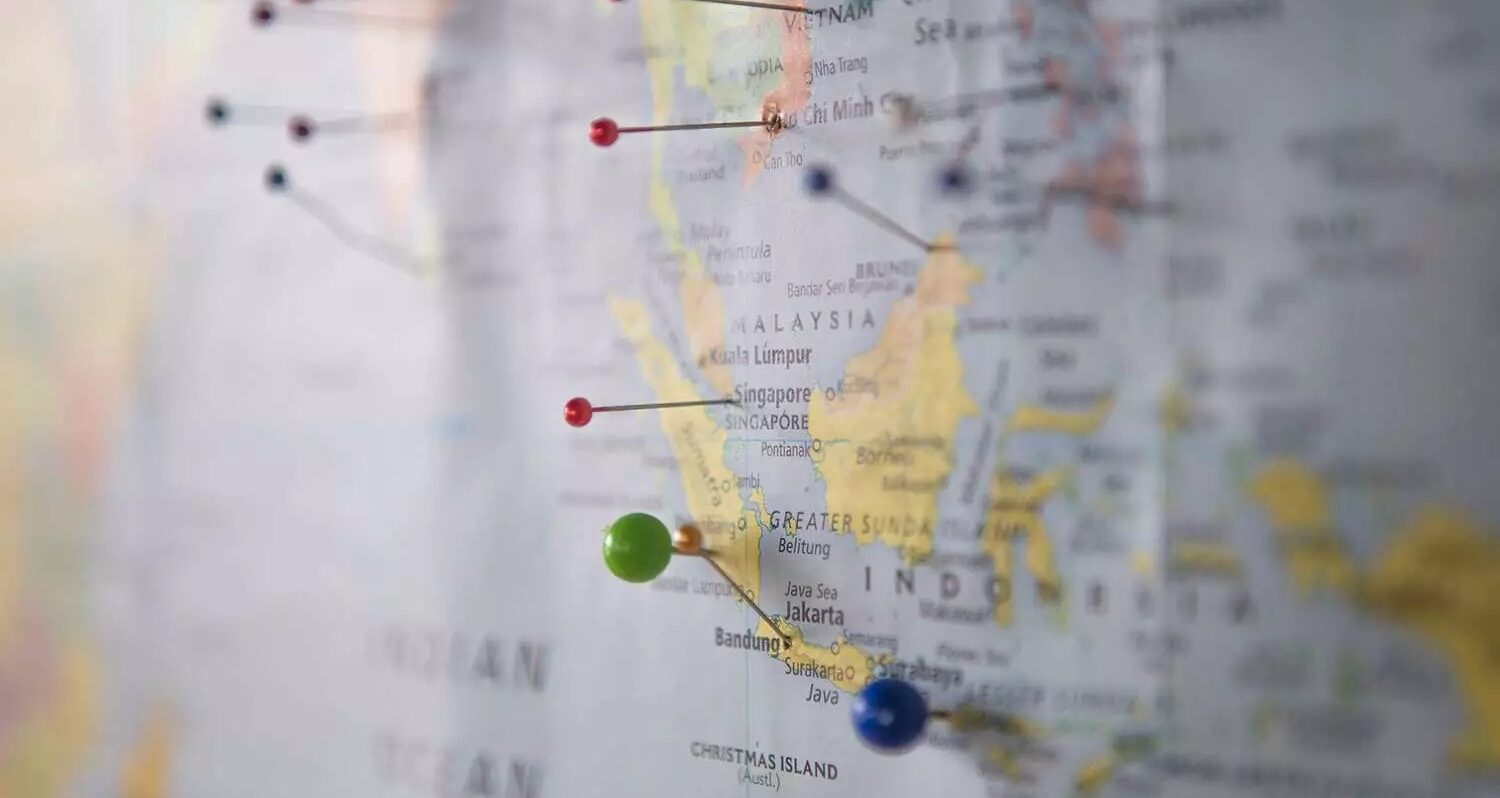
Travelling at Easter: here's what you need to watch out for
An overview of the current travel restrictions
24 March 2021
Every year, the Easter holidays are a popular time to travel. This year the Corona Pandemic not so easy, but not impossible either. If you don't want to miss out on travelling despite the current situation, you should familiarise yourself well in advance with the current regulations of the respective destinations. We have an overview of the different travel restrictions in popular holiday countries.
Italy
In our neighbouring country Italy, the regions are classified differently depending on the spread of the coronavirus. Currently, most of the federal states are marked either red or orange. With the exception of Holy Saturday to Easter Monday - all regions are red. An entry as well as the leaving of the dwelling in the place is with it only in the exceptional case possible. Bars and restaurants are closed; only shops for daily needs are open. Also the skiing areas are closed. Mouth and nose protection must be worn in public. The few exceptions include commuters and truck drivers. Even for these, extensive testing and quarantine requirements apply. From an Austrian point of view, there is therefore no tourism in Italy.

Croatia
Entry into Croatia is possible with a negative PCR test (no more than 48 hours old) and a ten-day home quarantine (14 days for Tyroleans). The home quarantine can be reduced to seven days if another negative PCR test is presented. If no PCR test result can be presented upon entry, the test must be performed during the quarantine period.

Slovenia
After Slovenia one can be connected with a negative PCR-19 test which is not older than 48 hours or an antigen rapid test which is not older than 24 hours. In this way one also escapes quarantine. Without a test, a ten-day quarantine is ordered. You can get out of this quarantine at the earliest on the fifth day with a PCR or antigen rapid test.

Spain
In Spain, the situation is similar to that in Italy - namely, it varies depending on the region. For example, you are not allowed to enter Andalusia or Galicia for tourism purposes, and the Canary Islands or the Balearic Islands under certain conditions. Air travellers who want to enter Spain from Austria or other high-risk countries/areas must present a negative PCR test on entry, which must not be older than 72 hours. A negative so-called TMA test is also accepted. A rapid antigen test, on the other hand, is not sufficient. On arrival, the body temperature is checked. In the Canary Islands, travellers must download the Spanish Covid 19 contact tracing app "Radar COVID" onto their mobile phone and keep it activated until 15 days after their return home.

Switzerland
For entry into Switzerland, in addition to the previous provinces of Salzburg, Lower Austria, Carinthia and Styria, there is also a quarantine obligation plus the obligation to present a negative PCR test for entries from Burgenland, Upper Austria and Vienna. In case of air travel, the control takes place before boarding. The PCR test must not be older than 72 hours. The quarantine period is ten days - the same length as the Easter holidays. It can be ended prematurely after seven days with a negative rapid antigen or further PCR test.

Picture Credits: Claudio Schwarz Purzlbaum/Unsplash, Ante Hamersmit/Unsplash, Eugene Kuznetsov/Unsplash, Frank Eiffert/Unsplash, Capturing The Human Heart/Unsplash, Vitor Monteiro/Unsplash

